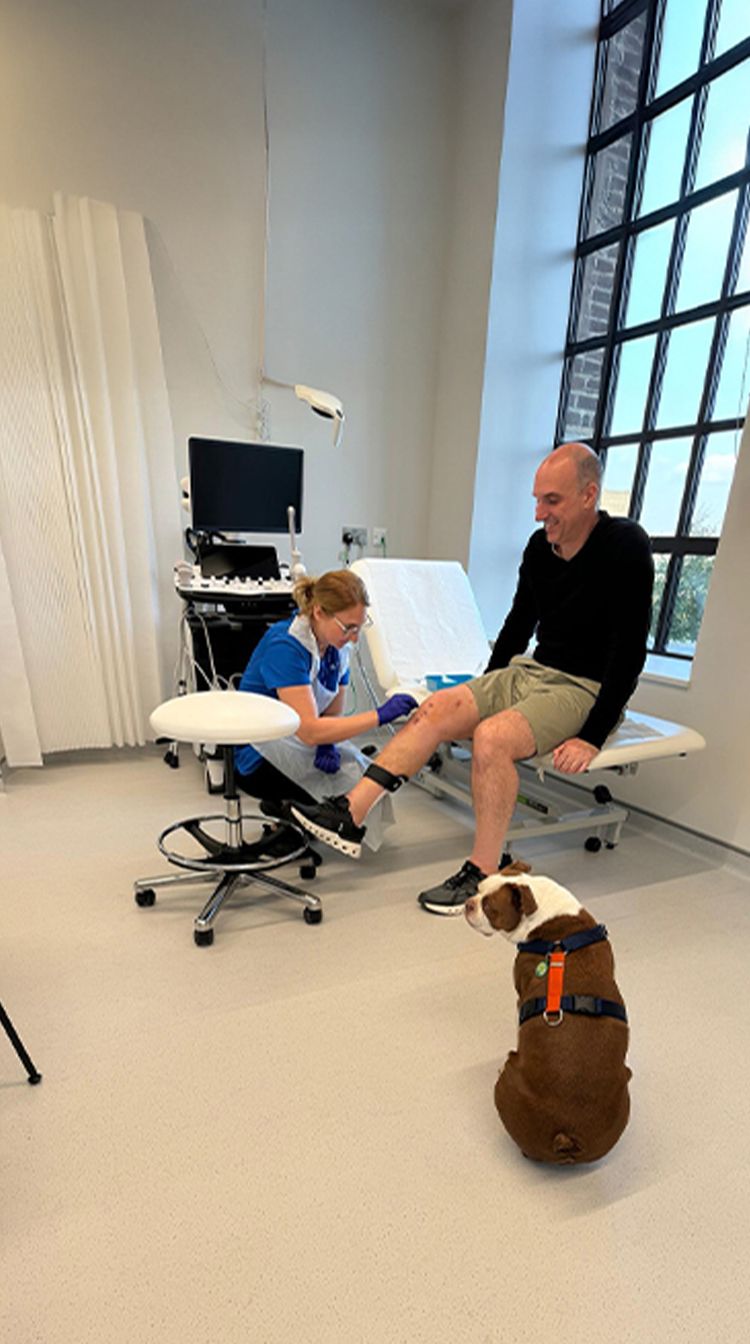You can find a comprehensive array of conditions and procedures we specialise in and take the first steps towards better health today.
Confidence starts with expert care for your skin.
Diagnostic imaging test that detects bone abnormalities, fractures, infections, or cancer using a small amount of radioactive material.
Heart-related conditions: heart disease, arrhythmias, and hypertension.
Combining advanced technology and personalised treatments
Persistent skin concern, seeking expert diagnosis, or looking for advanced treatments.
Dietary guidance and weight management support.
Ear, nose, and throat diseases and disorders.
Effective non-surgical haemorrhoid treatment
IVF, IUI, fertility testing, and other fertility treatments
Non-invasive gastric function test assessing stomach motility and digestion for diagnosing and managing digestive disorders.
Conditions relating to HPB, Gallbladder, Upper GI & Lower GI.
Medical care for older adults.
Minor aliments, referrals and urgent care
Female reproductive health.
Disorders of the blood and bone marrow.
Custom-made hip and knee prostheses, precisely tailored to your unique anatomy.
Chronic knee pain, struggling with mobility, or exploring long-lasting relief options like Arthrosamid.
Conditions affecting the teeth, mouth, face, jaw and neck.
Treatment for problematic menopausal symptoms.
AI powered mole mapping for early detection of skin cancer, hair loss disorders, and inflammatory skin conditions.
Neurological health across the brain, spinal cord and nerves.
Eye and visual system disorders.
Tailored rehabilitation to restore and improve physical mobility.
Cosmetic plastic surgery and reconstructive procedures.
Mental health diagnosis and treatment.
Imaging services including X-ray, CT-Scan, MRI, Ultrasound and ECG
Inflammatory conditions that affect muscles, joints and bones.
STI, HIV, ED and emergency contraception treatments
Evaluation and removal of skin moles, cysts, and other growths
Back pain & Neurological health across the brain, spinal cord and nerves.
Testosterone Replacement Therapy restores hormone balance and sexual health in men.
Male reproductive health and urinary system.
Diagnostic imaging test that detects bone abnormalities, fractures, infections, or cancer using a small amount of radioactive material.
Visit our online store
Explore how far we have come & continue to pioneer by leading the future of healthcare
Discover our beliefs: purpose, trust, and excellence, guiding modern healthcare
Learn about the solid commitment of our nurses and specialists to your health and well-being
Your guide to navigating our comprehensive healthcare services
As a new patient, we're here to aid your medical needs, ensuring your comfort.
The guide to help you prepare for your visit, so you can feel confident and comfortable in your journey.
Accessible, flexible healthcare options for your needs and innovative care for all
Helping us improve your healthcare experience with every comment and idea


Trauma & Orthopaedics
Led by renowned consultants, we provide expert, personalised care to help you recover mobility, relieve pain, and return to an active life.
No Referrals Required
Same-day Consultation




